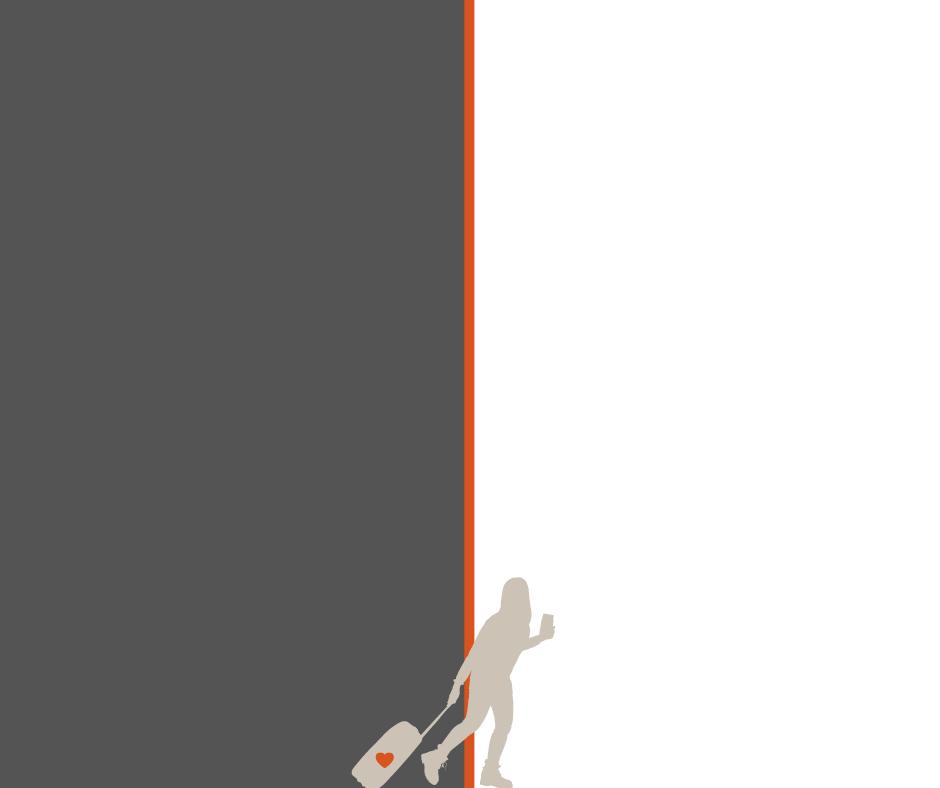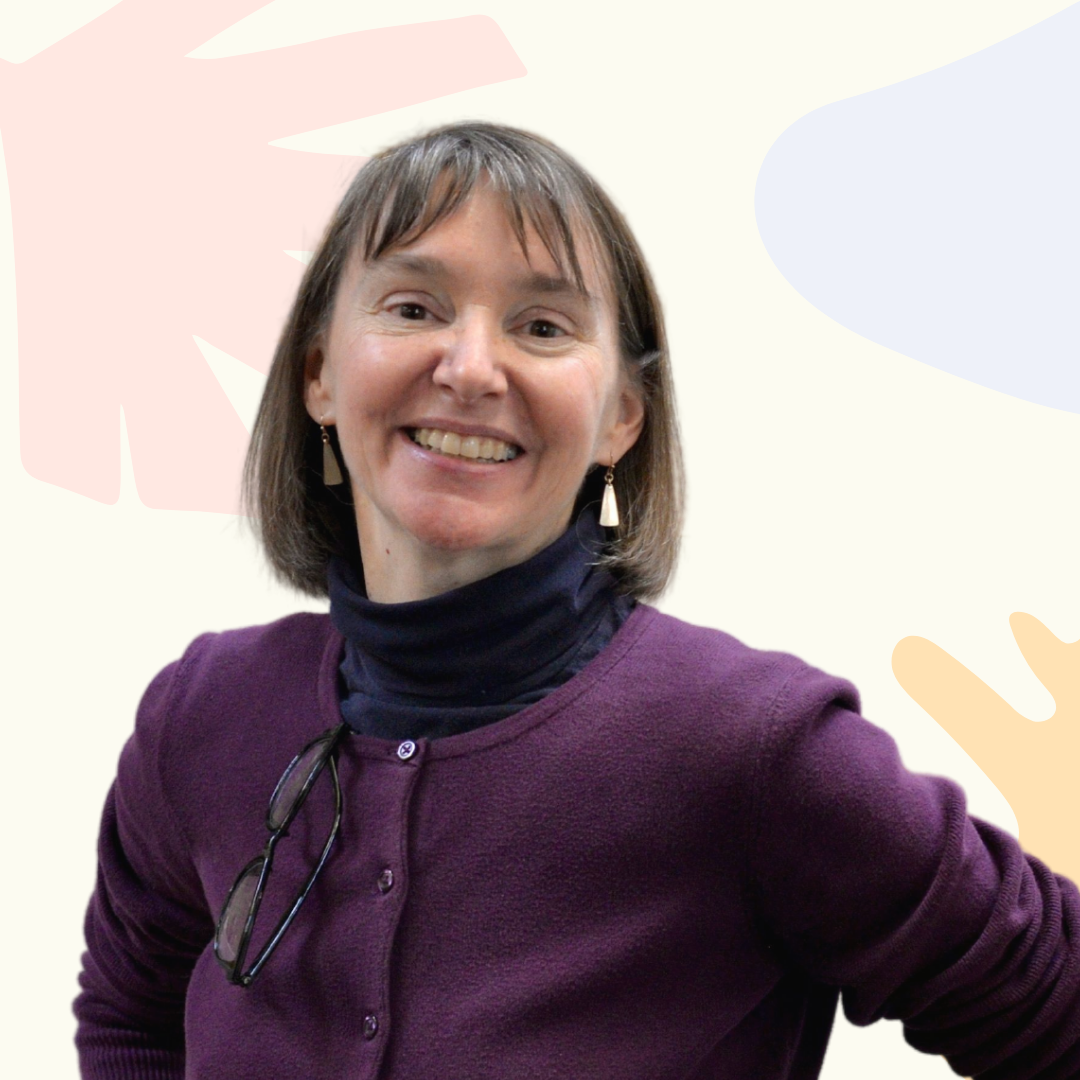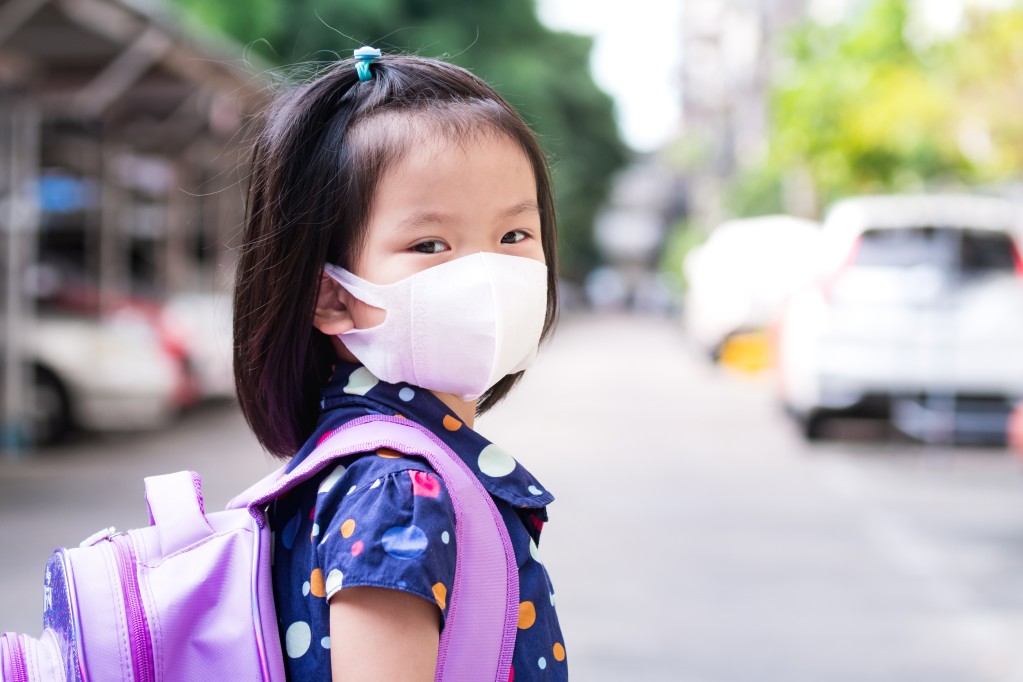written by Liza Bennigson, Associate Director of Marketing and Communications
 “Historically, pandemics have forced humans to break with the past and imagine their world anew. This one is no different. It is a portal, a gateway between one world and the next.”
“Historically, pandemics have forced humans to break with the past and imagine their world anew. This one is no different. It is a portal, a gateway between one world and the next.”
-Arundhati Roy
On March 13, 2020, it arrived. We knew it was coming, but still our collective hearts sank. The subject line glared: “Decision to Shift to At-Home Learning.” School would be canceled for the next two weeks. Kids rejoiced. Parents panicked, filling Target carts with the essentials–toilet paper, hand sanitizer, and chocolate.
To put things in perspective, there were 68 newly reported cases in California that day. Yesterday there were over 17,000.
The next bombshell dropped four days later, on March 17. Instead of heading to a pub for some corned beef and cabbage, Californians were issued the first statewide stay-at-home order in the U.S. Rather than searching for a cozy cabin on Airbnb to set up our home office (and take advantage of late season snowstorms), we spent our time vying for Instacart delivery windows.
Most of us didn’t know then to wear masks, or even that COVID-19 was airborne. We wiped down our groceries with Clorox or left them in the garage for arbitrary amounts of time. Streets, formerly filled with cars and congestion, became outdoor oases for those seeking solidarity and sunlight. With parks and gyms closed, we rode bikes and waved to our neighbors. Sidewalk chalk provided hours of al fresco entertainment. Life slowed down.
To stay sane, we exchanged funny COVID memes, hosted Zoom happy hours, and attended free online yoga classes from the living room floor. Email inboxes overflowed with resources to keep children educated and entertained. Half-finished puzzles covered coffee tables and sweatpants became the new “business casual.” Emotional roller coasters were on a loop.
Our kids never went back to school. We missed milestones, canceled summer vacations and put on brave faces for our families, one foot in front of the other.
But things were not getting better. News feeds reported rising case numbers and fatalities alongside depleting testing and PPE. Communities of color were being disproportionately affected by the pandemic–both the spread of the virus as well as its devastating impact on jobs, housing and healthcare. What was an enormous inconvenience for some proved insurmountable for others, and the color of your skin was all-too-often a factor in where you landed.
So when George Floyd became the umpteenth black person to die at the hands of a white police officer, a groundswell occurred, a catastrophic catharsis. For weeks on end we took to the streets to stand up against systemic racism and injustice and stand with George Floyd and all those before and after him whose deaths and mistreatment have shone a spotlight our country’s deep-rooted bigotry and inequities. Black Lives Matter is quite possibly the largest movement in US history, with up to 26 million people turning out in support.
Summer brought long, hot days with no camps, childcare or trips to grandma’s. Working parents tried to coordinate Zoom meetings with nap times in an attempt to keep kids off-camera. (The under-three crowd was especially dismissive of important work deadlines.) We anxiously awaited any news from our school districts about whether our children would finally return to campus in the fall.
And then California burst into flames. An unusual and breathtaking tropical storm rocked the Bay Area on August 16, 2020. The Instagram-filtered images of lightning strikes from various vantage points were, in full 2020 fashion, the same bolts that ended up torching 750,000 acres to the ground. Friends and family were forced to leave their homes, stranded in the midst of a pandemic with nowhere to turn. For over 30 straight days–the longest stretch of Spare the Air alerts ever in the Bay Area–we frantically checked AQI scores to see if the air was healthy enough for our kids to play outside. In a world where backyards had felt like the only safe haven, we were left sealed inside our sweltering, ash-covered homes. Our hearts ached for firefighters, evacuees and Mother Nature. There was a Wednesday in September when the sky turned orange and day looked like night and we were sure the apocalypse was here.
One by one, school districts announced the extension of their “learning everywhere” programs and we mourned the thought of another school year from home. The academic and social-emotional losses for our kids rivaled the childcare/self-care conundrum for parents. For educators? There are no words. We took deep breaths: it’s just temporary. The schools had spent all summer creating online curriculums, the dining room table made a totally reasonable desk, and well, what’s a few more weeks?
The elections might have proved a nice distraction from everything going wrong in the world except that they were the culmination of everything going wrong in the world, with more coverage. As November 3 grew nearer, hope for reconciliation, peace and unity grew more desperate. Instead, the partisan divide became even more polarized as a convex lens magnified inequities and corruption over justice and truth.
“One of the saddest things about the pandemic has been the uncovering of the seamier aspects of the human existence, exposing anger, greed, gluttony, violence, fraud and treachery like never before,” says Dr. Vidya Krishnan, Head of Adolescent Mental Health Services and Child and Adolescent Psychiatrist at CHC. “Much of this ugliness simmers right below the surface but we remain unaware or unfocused on it because we are busy with our daily grind. I hope we can leave this behind to emerge into a more inclusive, equitable and compassionate community, forged in the fires of the pandemic.”
These past eight months have kept peeling layer after layer from us, stripping us of our essence, leaving us feeling raw and exposed. But perhaps this was necessary to get to the very root of our evils: misplaced priorities, unjust treatment of others, entitled expectations of how things should be. As we start to think about what life will look like on the other side of this pandemic, let’s choose wisely what we decide to bring and what we leave behind. Like the purging that happens during a move or the molting of a snake’s skin, we can deliberately shed the parts of us that no longer serve a purpose or align with our hopes for the world we want to help create.
“Hold your most treasured connections–your partner, your children, your best friend, your pet–closer than ever before,” says Dr. Viven Keil, Clinical Director and Neuropsychologist at CHC. “Because the thought of your life without them is almost unbearable. Your life has color and meaning because of these relationships…Leave behind the expectations you held before the pandemic, for yourself and those around you. They were filled with noise and distracted you from what matters most: connection, meaning, physical and mental health, family, community, love.”
There is so much to be grateful for.
And yet here we are, days before Thanksgiving, being robbed of another favorite tradition, advised not to see anyone outside our households for the holidays. COVID-19 cases are rising more sharply than ever before. 94% of the state of California is now in the most restrictive, purple tier. ICUs are crowding. We are moving backward. Our kids are desperately lonely without their friends and interrupt us countless times a day. We haven’t had alone time or a good night’s sleep since March and we fret endlessly about keeping our family safe. Our invitations for outdoor, socially-distanced happy hours wane as the weather chills. Some days it feels so hard to be grateful.
But we have come so far. We know so much more than we did in March. We’ve gotten pretty good at sheltering-in-place, depending on the day. We will never get this time with our kids back. We remember our masks when we go to the grocery store and to cough or sneeze into our elbows. We have a list of Netflix shows we’ve yet to watch and have mastered the art of crockpot chili. Most of all, we’ve learned that most of what we need is in arm’s reach and that we can’t take for granted all of the little wonders that used to fill our days. Or the ones that still do.
As we hunker down, hope for a vaccine, and await our opportunity to pass through the “pandemic portal,” Arundhati Roy has this advice: “We can choose to walk through it, dragging the carcasses of our prejudice and hatred, our avarice, our data banks and dead ideas, our dead rivers and smoky skies behind us. Or we can walk through lightly, with little luggage, ready to imagine another world.”
Do you need someone to talk to? CHC can help. We invite you to call or email our Care Managers at 650.688.3625 or careteam@stage.chconline.org to set up a free 30-minute consultation. CHC teletherapy services are available now.
This resource is filed under:





